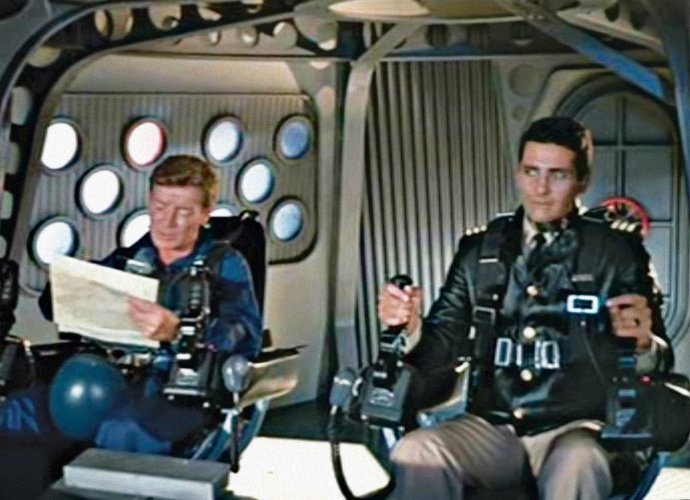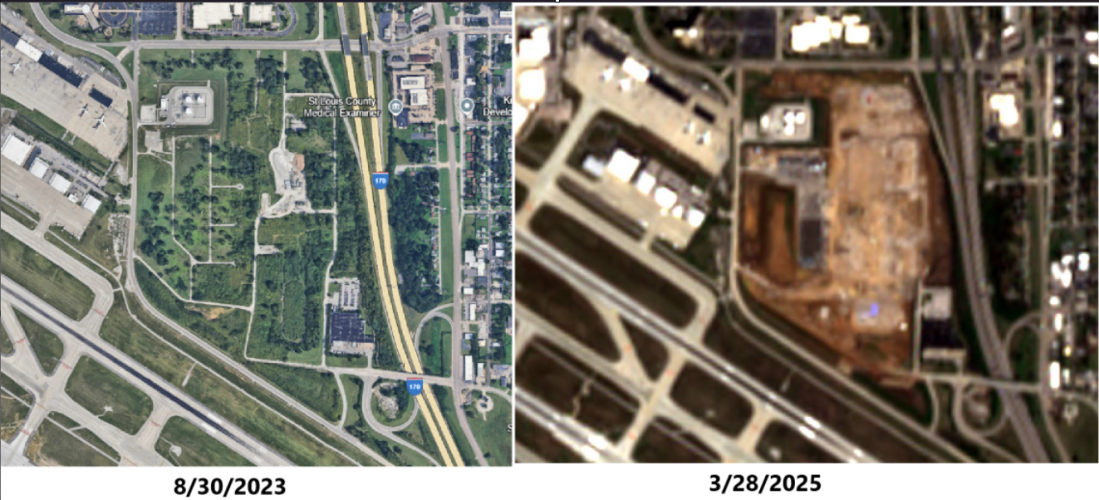Forest Green
ACCESS: Above Top Secret
- Joined
- 11 June 2019
- Messages
- 9,291
- Reaction score
- 16,827

F-47 Fighter Program Could See Multiple Versions Built In Increments
Top U.S. officials that had a major hand in the NGAD fighter program say it was designed to be built in iterative increments, not just as a single configuration. Former Assistant Secretary of the Air Force for Acquisition, Technology & Logistics Andrew Hunter discussed “Increments” of NGAD...





